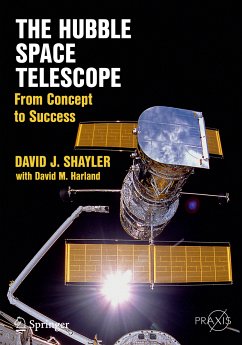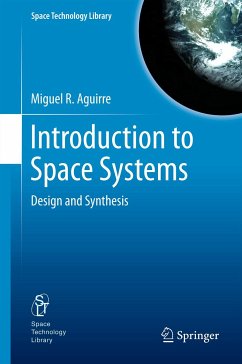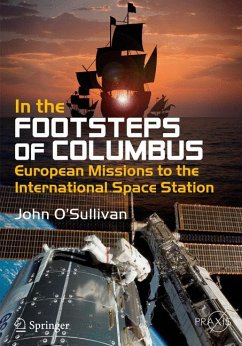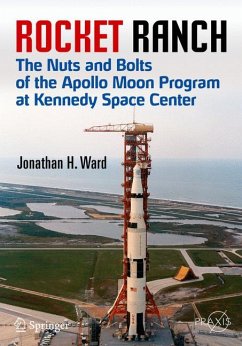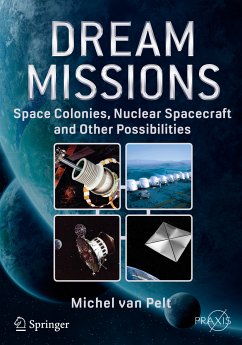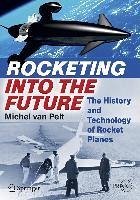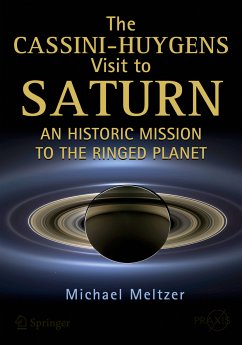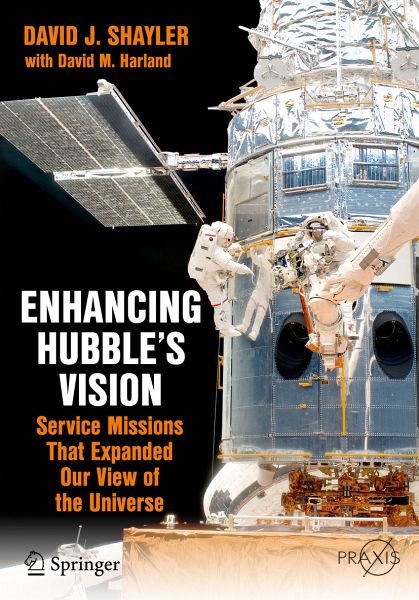
Enhancing Hubble's Vision (eBook, PDF)
Service Missions That Expanded Our View of the Universe
Versandkostenfrei!
Sofort per Download lieferbar
32,95 €
inkl. MwSt.
Weitere Ausgaben:

PAYBACK Punkte
16 °P sammeln!
This book tells the story of the four missions to maintain Hubble's successful operation. Between 1997 and 2009 these repaired, serviced and upgraded the instruments on the telescope to maintain its state-of-the-art capabilities. It draws on first hand interviews with those closely involved in the project. The spacewalking skills and experiences gained from maintaining and upgrading Hubble had direct application to the construction of the International Space Station and help with its maintenance. These skills can be applied to future human and robotic satellite servicing and maintenance activi...
This book tells the story of the four missions to maintain Hubble's successful operation. Between 1997 and 2009 these repaired, serviced and upgraded the instruments on the telescope to maintain its state-of-the-art capabilities. It draws on first hand interviews with those closely involved in the project. The spacewalking skills and experiences gained from maintaining and upgrading Hubble had direct application to the construction of the International Space Station and help with its maintenance. These skills can be applied to future human and robotic satellite servicing and maintenance activities as well, not only in Earth orbit but at locations deeper in space.
A companion to this book, The Hubble Space Telescope: From Concept to Success, relates the events of the Telescope's launch in 1990 and its rough start, after a 20-year struggle to place a large optical telescope in orbit. Originally intended to operate for fifteen years, Hubble has just passed its 25th anniversary, and there is every expectation that it will survive for thirty years. Despite its early problems, the Hubble Space Telescope has become a lasting legacy of the Space Shuttle program, and indeed is a national treasure.
A companion to this book, The Hubble Space Telescope: From Concept to Success, relates the events of the Telescope's launch in 1990 and its rough start, after a 20-year struggle to place a large optical telescope in orbit. Originally intended to operate for fifteen years, Hubble has just passed its 25th anniversary, and there is every expectation that it will survive for thirty years. Despite its early problems, the Hubble Space Telescope has become a lasting legacy of the Space Shuttle program, and indeed is a national treasure.
Dieser Download kann aus rechtlichen Gründen nur mit Rechnungsadresse in A, B, BG, CY, CZ, D, DK, EW, E, FIN, F, GR, HR, H, IRL, I, LT, L, LR, M, NL, PL, P, R, S, SLO, SK ausgeliefert werden.



